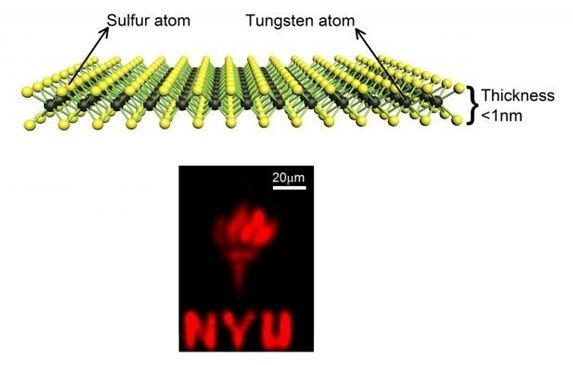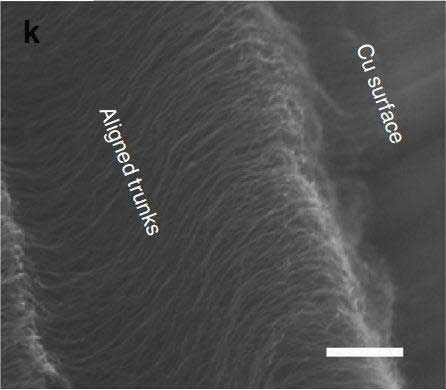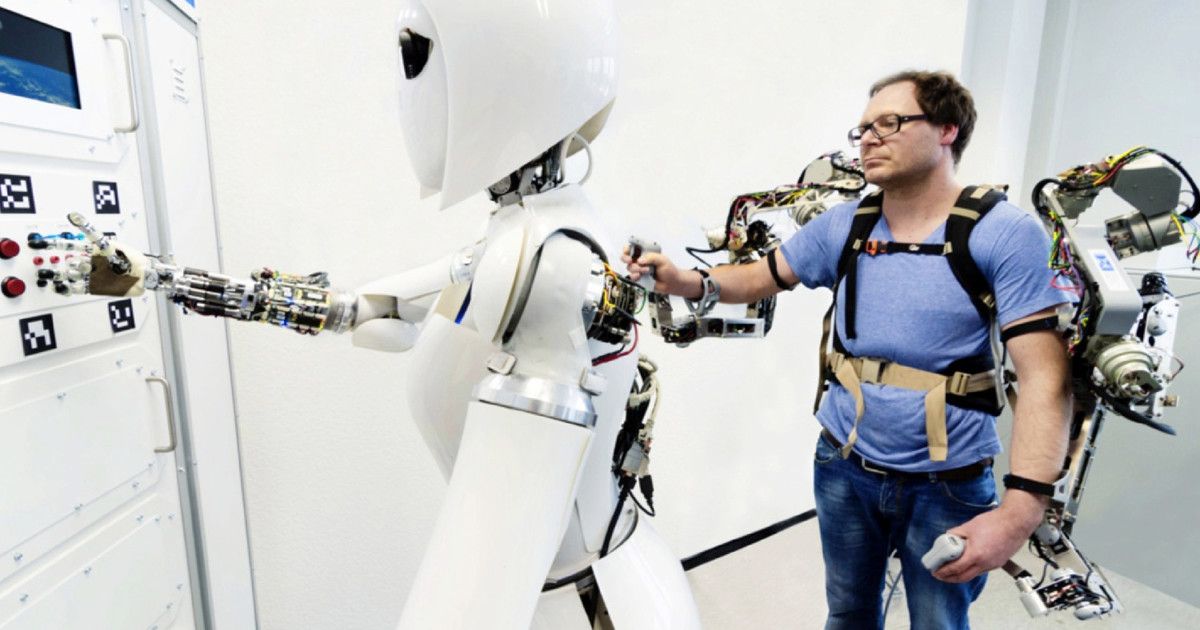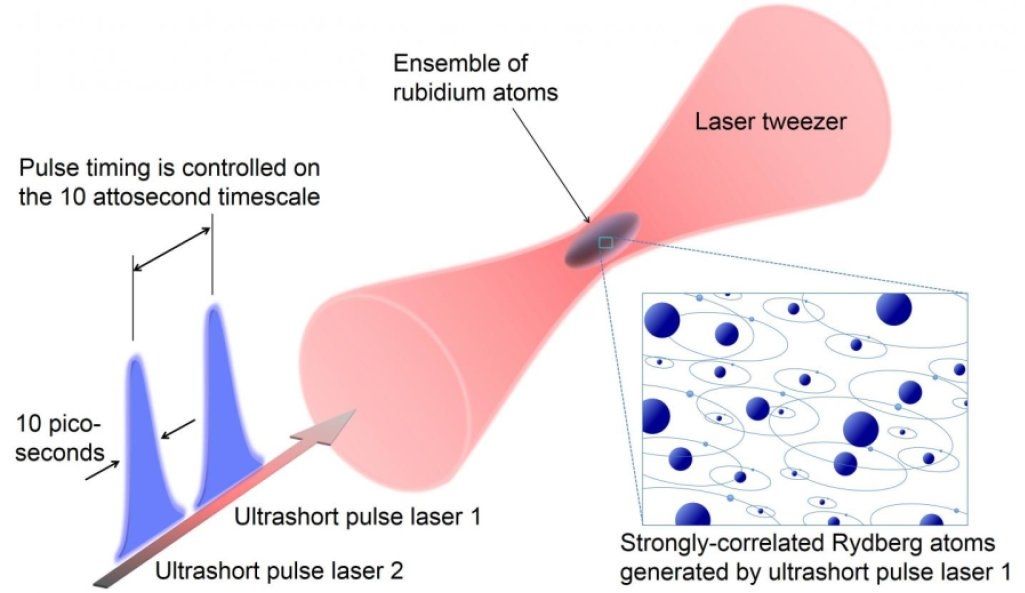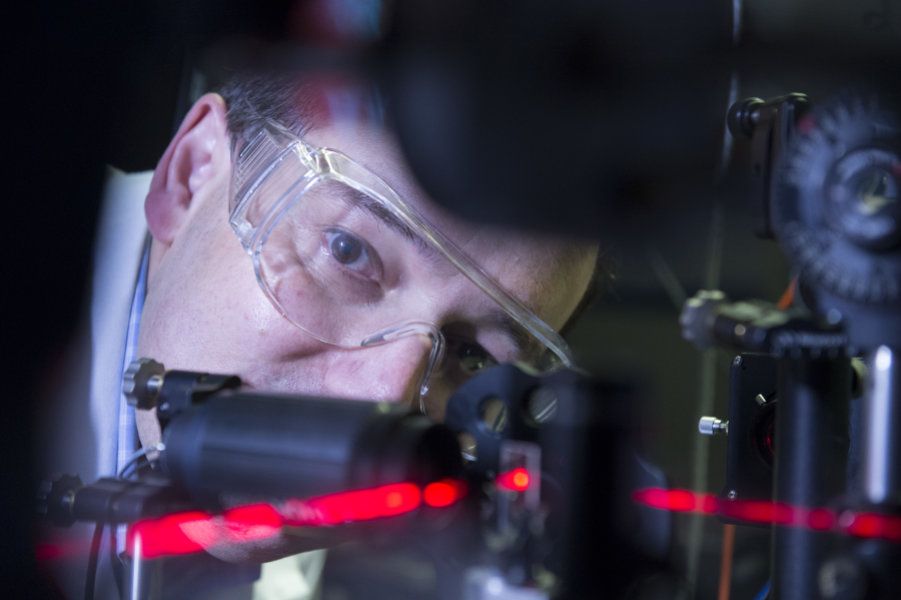Nov 16, 2016
New Monolayer Material Could Unlock Nano-Scale Electronics
Posted by Karen Hurst in categories: computing, nanotechnology
Research out of New York University’s Tandon School of Engineering has found a new method for developing electronics at the atomic scale — and it’s difficult to get much smaller than that.
Scientists and engineers have previously tried developing electronics using two-dimensional or monolayer electronic materials like graphene to make transistors, but found that the material’s lack of an energy band gap poses difficulties for semiconductor applications.
The new research by assistant professor of electrical and computer engineering Davood Shahrjerdi and doctoral student Abdullah Alharbi, has shown that using a monolayer of tungsten disulfide might be the key to unlocking the potential in nano-scale electronics.
Continue reading “New Monolayer Material Could Unlock Nano-Scale Electronics” »
